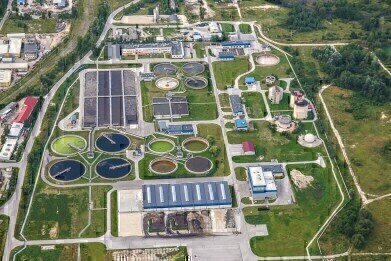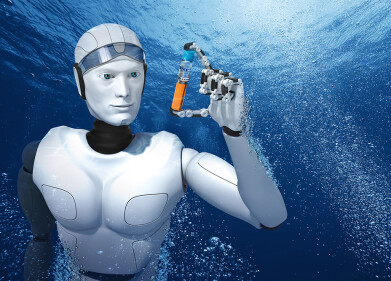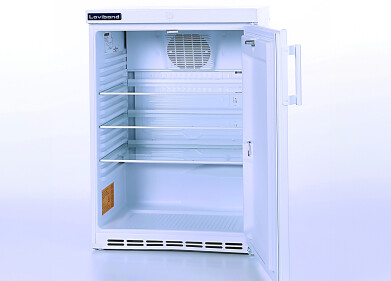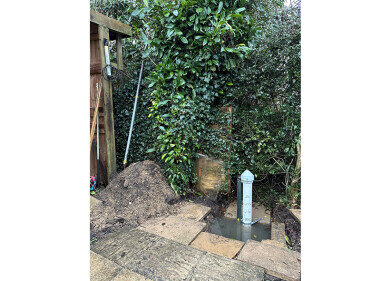Water/Wastewater
What Changes Are the EU Planning for the Urban Wastewater Treatment Directive?
Jun 10 2021
In December 2019, the EU conducted an evaluation assessment of its Urban Wastewater Treatment Directive (UWWTD). Although the report did conclude that the Directive had been effective in some of its aims – especially with regard to its management of nitrogen and phosphorous levels in bodies of water across the continent – it also revealed that there are several areas in need of improvement.
As a result, the UWWTD is currently being revised to make it fit for purpose in the modern world. At present, the European Commission is holding a public consultation period to hear views and access ideas from industry experts, relevant stakeholders and interested parties across the bloc, but it’s likely that the following changes will be introduced in the near future.
Identified shortcomings in existing UWWTD
First and foremost, the evaluation found that the Directive fell short of meeting its objectives in a few key areas. Storm water overflow was deemed to be one such point of concern, since untreated surface runoff caused by heavy amounts of precipitation is often allowed to reach bodies of water without having first been treated. As climate changes intensifies, the likelihood of these events happening is only set to increase.
Another area in which the current UWWTD is inadequate is its handling of small agglomerations. The wording of the Directive is explicit in that it refers only to agglomerations of 2,000 people or more, yet villages, townships and individual holdings produce urban wastewater which affects 11% of the water bodies found throughout the continent. With that in mind, the Directive must be updated to include these smaller agglomerations.
Bringing the UWWTD into the 21st century
Elsewhere, it was also found that the UWWTD in its current form is too outdated in its neglect of certain issues. For example, contaminants of emerging concern (CECs) like pharmaceuticals and microplastics were not recognised as a problem 30 years ago when the Directive was drafted. Therefore, the new edition of the UWWTD must include whole new sections devoted towards their control.
Although the Directive does include legislation aimed at regulating the monitoring and submission of data surrounding urban wastewater, it is not enforced across the board and does not accommodate the latest techniques and technologies. As such, novel methods for monitoring wastewater from the wastewater network and across the sewage treatment plant to aid optimisation must be a focus in the forthcoming document.
Aligning the UWWTD with other initiatives
Finally, there is a need to integrate the UWWTD with other aims, directives and initiatives pioneered by the EU. For example, the bloc has set itself an ambition target of reaching climate neutrality by 2050. The urban wastewater industry consumes 1% of all energy on the continent, yet no provisions are made for optimising this figure in the existing Directive.
Other initiatives with which the UWWTD must become aligned include the European Green Deal, the Circular Economy Action Plan and the Zero Pollution Action Plan. Finally, the UWWTD should also be changed to include mention of how urban wastewater systems can serve as an early warning indicator for the outbreak of pandemics, such as the novel coronavirus which has devastated the planet in the past 18 months.
Digital Edition
IET 34.2 March 2024
April 2024
Gas Detection - Biogas batch fermentation system for laboratory use with automatic gas analysis in real time Water/Wastewater - Upcycling sensors for sustainable nature management - Prist...
View all digital editions
Events
May 13 2024 Munich, Germany
May 15 2024 Lund, Sweden
May 15 2024 Frankurt-am-Main, Germany
May 20 2024 Columbus, OH, USA
May 21 2024 Lagos, Nigeria


















